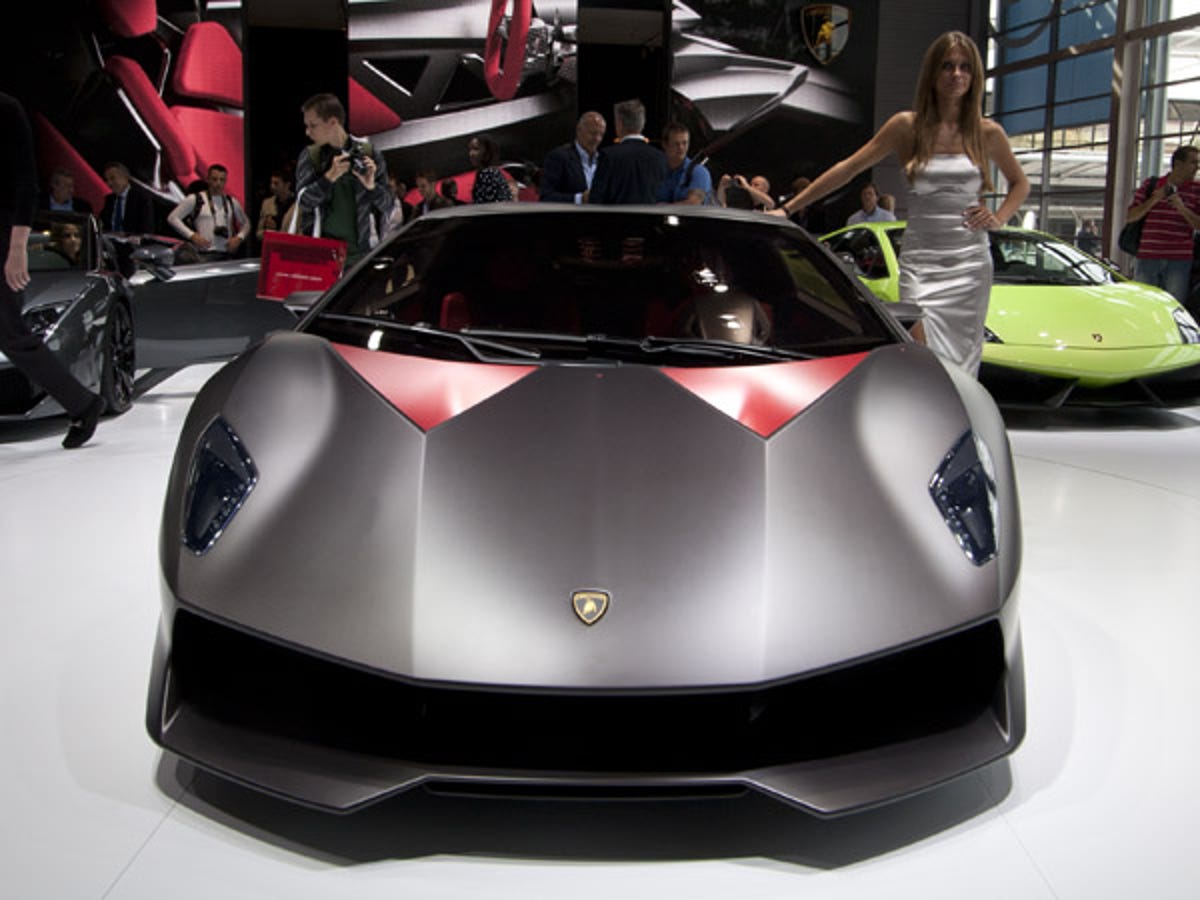Lamborghini Sesto Elemental concept car
The Sesto Elemento not only looks outrageous, it's also crazily light at just 999kg.

Lithe, part I
The Sesto Elemento not only looks outrageous, it's also crazily light at just 999kg.
Your typical supercar weighs anything from 1.4 to 1.7 tonnes. Lamborghini's Sesto Elemento concept car tips the scales at 999kg — that's less than a Honda Jazz.
Lithe, part II
To achieve this low weight, the Sesto Elemento uses various types of carbon fibre. The car's monocoque, wheels and some of its suspension are made from carbon fibre, while the exterior panels and front section are made from carbon fibre reinforced plastic.
Lithe, part III
Carbon fibre parts couldn't be used everywhere, so aluminium was used for most of its metal components.
Lithe, part IV
The tailpipes, which point upwards, are made from a glass-ceramic composite called Pyrosic that's able to withstand temperatures of up to 900 degrees Celsius.
Spartan, part I
If you don't like fast, loud cars, there's not much to keep you entertained in the Sesto Elemento. Oh, and as far GPS goes, it's a strictly BYO affair as there are only three buttons in the whole cabin (one each for stop/start, forward/reverse and the headlights).
Spartan, part II
As the seats are cushions affixed directly to the car's shell, the steering wheel and pedals move instead.
Welcome back
The Sesto Elemento essentially uses the Gallardo LP 570-4 Superleggera's 419kW/540Nm 5.2-litre V10.
Phwoaaar, part I
Lightness plus a stonking big V10 equals great pace. Zero to 100km/h is dispatched in a mere 2.5 seconds. The company is keeping quiet on the car's top speed, only saying that it's well in excess of 300km/h.
Phwoaaar, part II
For some previous lightweight models, Lamborghini has junked its four-wheel drive system for rear-wheel drive. Not so, with the Sesto Elemento.
Paint of choice
Matte finishes were all the rage in Paris this year and the Sesto Elemento was no exception. Mind you, it's a lot more striking on a car like this than, say, a Fiat 500.
Name it
Sesto Elemento — literally the sixth element in Italian — is a nod of the head to the car's key ingredient, carbon, which just happens to occupy sixth spot in the periodic table.
Big air
To keep the engine cool there are 10 hexagonal openings, one for each cylinder, and two massive air scoops.

